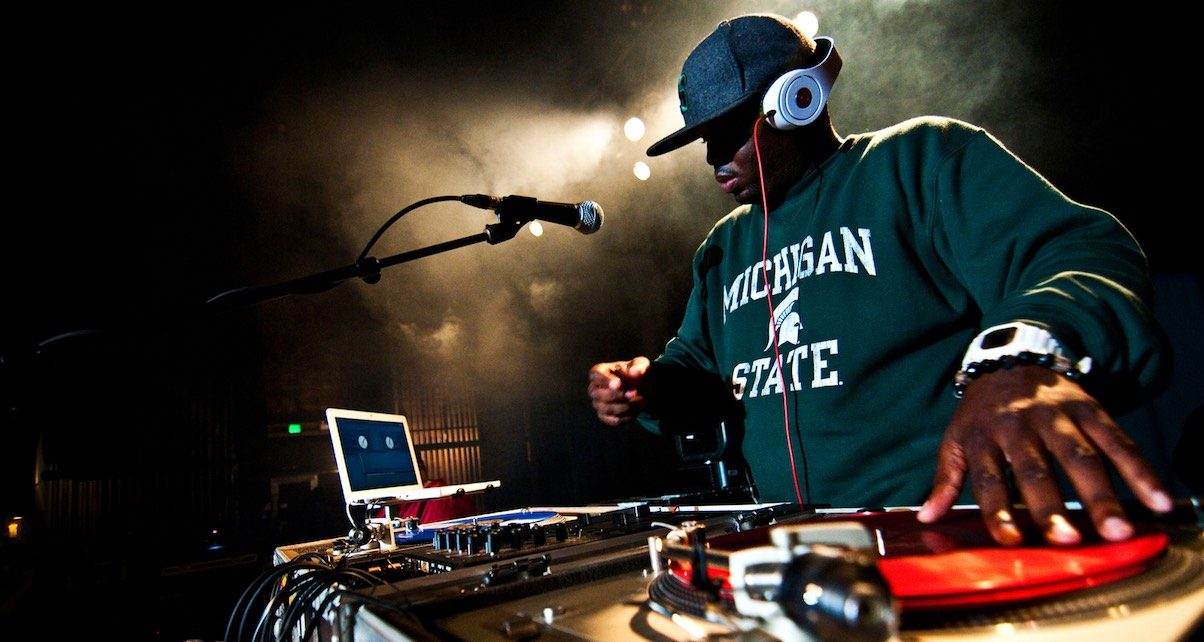There are times when you have to use your headphones for mixing. It may be due to financial constraints that you don’t have booth monitors or can’t afford them for now.
Another reason could be for practicing DJing; you don’t have privileges to create noise without disturbing others.
Headphones are ideal for mixing, and many people don’t know how powerful they really are. There is so much you can do with headphones, and here is how to best use them.
Skilled DJs can do the mixing and beatmatching without the headphones, but we would advise you to perfect it with the help of headphones as a beginner.
It isn’t effortless to think of a DJ without a headphone, as it the part of their basic attire. So, let us make the best use of that.
Table of Contents
How to Cue with DJ Headphones
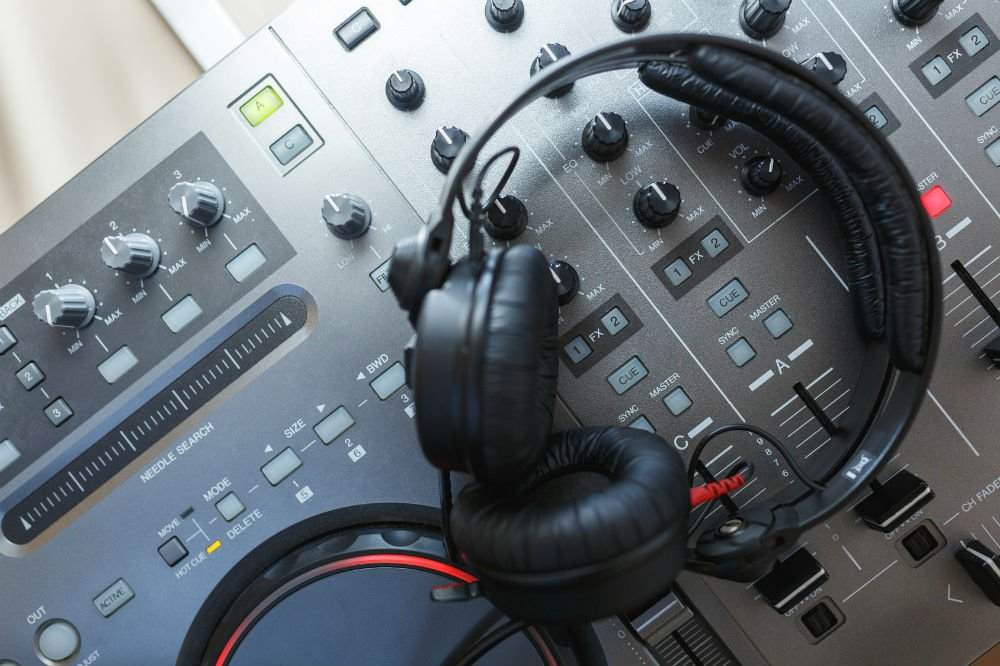
This is the primary function of a headphone during a mixing scenario.
With the help of headphones, DJs can listen to the next song that they want to mix with the song being played now on the main speakers i.e., Master output part of a mixer.
The DJs use headphones to beat-match the track on their headphones with the current song.
They use one cup of the headphone to hear the next song in the queue.
This way, they can match the beats of both the tracks to ensure smooth mixing and transition.
Usually, the mixers have a cue button on the mixer for each channel.
Once you press the cue button, it lights up to keep telling you that the channel is being cued on the headphones.
The track sound in that channel gets diverted to the headphones as soon as the button is pressed.
Please note that the sound of that track will be heard in the headphones despite the fact that the channel fader is down to zero.
It means that the DJ can listen to the music on that particular channel, but the audience is unable to hear because the channel fader is down.
When the track in the headphone is matched with the songs on the main speaker in terms of tempo, the DJ increases the volume of the upcoming tracks to ensure that the new songs get naturally integrated into the environment.
The transition is smooth, and the former track slowly fades out. DJs use headphones for this cueing to ensure a smooth transition.
Split Cue with DJ Headphones
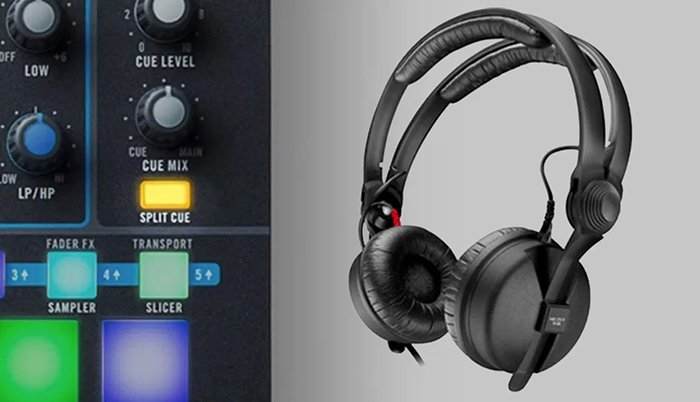
This button toggles between two modes, namely mono split, and stereo.
With mono split selected, the mixer sends the cueing signal in mono to the left side of the headphone, whereas the master output is sent to the right cup along with the audience.
This is particularly helpful to a DJ to match the upcoming track with the existing track being played.
When the toggle is set to stereo, the mixing knob manages the volume of cueing concerning the volume of the master output.
The split cue feature lets you listen to both the master output and headphone cueing at the same time.
The main advantage of this split is that you don’t need a separate monitor speaker.
This feature lets you practice at home without disturbing your roommates or other family members.
This feature is faster than usual regular switching from master to headphone cueing.
Cue Mixing with DJ Headphones
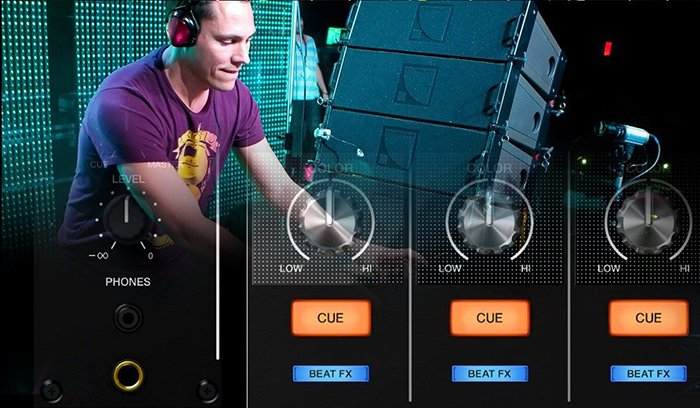
When the cue mix knob or fader is at the half position, DJ can hear all the four channels or both the channels as the case may be.
Turning it all the way to the left side will make you listen to only left channels, which are the first and the third ones.
Obviously, if you turn it right, you get to hear the balance channels, which are the second and the fourth ones.
These channels are known as the left channels and the right channels, respectively.
Some of the high-end mixers also support separate buttons for effects and samplers.
DJ headphones
DJs use headphones, which are unique as compared to standard headphones.
The folding headphones let the DJs swivel one cup so that they can hear cueing track on one side, and the other ear is free to listen to the sound of booth monitors.
It is only when they use a split cue that they wear full headphones to listen to both cue sound and the master sound.
DJ headphones are a critical piece of equipment to decide which channel to be sent to master output and when.
The headphones are necessary to block the external sound of speakers so that the DJ can listen to the next song clearly and plan the mixing to be as smooth as possible.
Apart from the help in the cueing process, DJ headphones also protect the ears of the DJs from the loud noise of the main speakers.
When headphones are not required?
It is also essential to understand that you may not need headphones for all that are cueing, mixing, and beatmatching if the session is pre-recorded.
In that case, it is not necessary to listen to the next track in advance.
Another possibility is that the mixing is already done and arranged sequentially by the DJ gear with the help of DJ software.
DJ just needs to apply the special effects, and things are already in pre-mixed mode.
Nowadays, the software is more than capable of handling almost all the genres to do the mixing digitally at the optimum entry point.
But there is one particular situation where digital intelligence of the hardware or the software is not helpful, and it is mandatory to use the headphones.
You guessed it right. In the case of a turntable, you must do it with your headphones because it is not possible to do it beforehand, and it can not be done by the digital system automatically.
Here, the DJ skills of using headphones become handy.
Which are the best headphones?
Before we delve into the details, we need to understand what type of equipment is best suited for the purpose of mixing, beatmatching, or scratching, etc.
The ideal headphones should be comfortable to wear and must have noise isolation features so that the external noise does not enter the headphone cups during the cueing process.
The sound should be clear with enough bass levels. Most importantly, the swivel feature lets the DJ play it over one ear by keeping the headphones at the shoulder.
The noise cancellation feature could be an added advantage.
Volume control
It is imperative to keep the level of headphone volume at a reasonable level because a high level of volume can damage the internal ear.
A high level of volume for a continuous period can lead to Tinnitus disease (loud constant ringing or whistling sounds), which is quite irritating.
Later on, it may lead to a permanent hearing loss in one or both the ears depending upon usage patterns.
DJs are also advised to use earplugs to keep the listener from potential damage to their ears. Good quality headphones are designed to seal outside speaker sounds and make the DJs listen to tracks in the headphones clearly.
It is essential to understand that mixers have a volume button on its headphone panel, and adjusting this volume doesn’t affect the volume of the main output.
Beatmatching
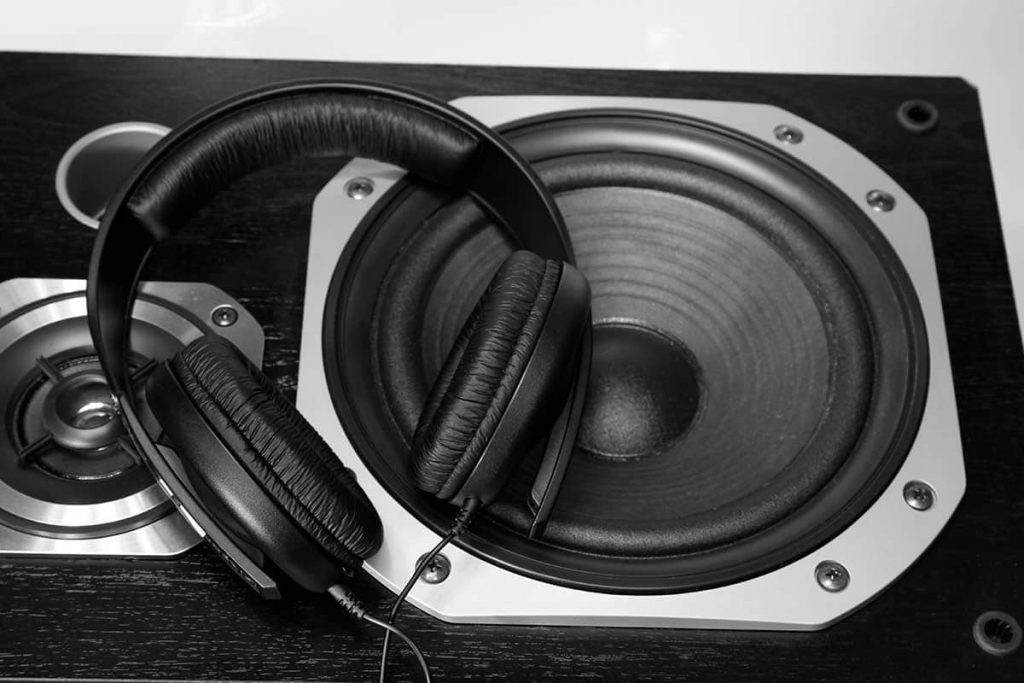
In order to become a successful DJ, you need to master the art of beatmatching perfectly.
Even though the latest DJ gear enables matching of beats with the help of hardware and software, but it is also essential to do it by the ear.
It is called manual beatmatching and comes naturally or by practice. Headphones are handy for beatmatching by the listener.
Moreover, digital beatmatching may also fail sometimes, especially in some specific genres.
So, it becomes all the more important to learn it to do it manually.
Make sure to invest in a mixer that has cue mix buttons. These buttons will help you in mixing two tracks in such a way that you can adjust the sound level of cueing inside your headphones for both channels.
It means that you can keep the volume of one track higher than the other for efficient beatmatching.
We have already introduced you to cue mixing in previous paragraphs, so make full use of it to improve your skills.
EQing
You will need the mini crossfader to do the EQ. As a beginner, it is advised to do it on your headphones instead of doing it live.
With these options, you can switch from one channel to the other.
The mixing steps
Once you understand the buttons on your mixer and the headphone, you are ready to start the mixing process which is as follows:
- Volume setting–Adjust the volume to a level so that you also hear the main speakers
- Select a channel – By pressing the cue button on the mixer, the particular channel is audible to you for cues.
- Cue mix – Slide the crossfader to cue the track you want to mix
- Cue it up. – once you have perfected it inside the headphones, you can cue it up to the audience.
Using DJ headphones as a Mic
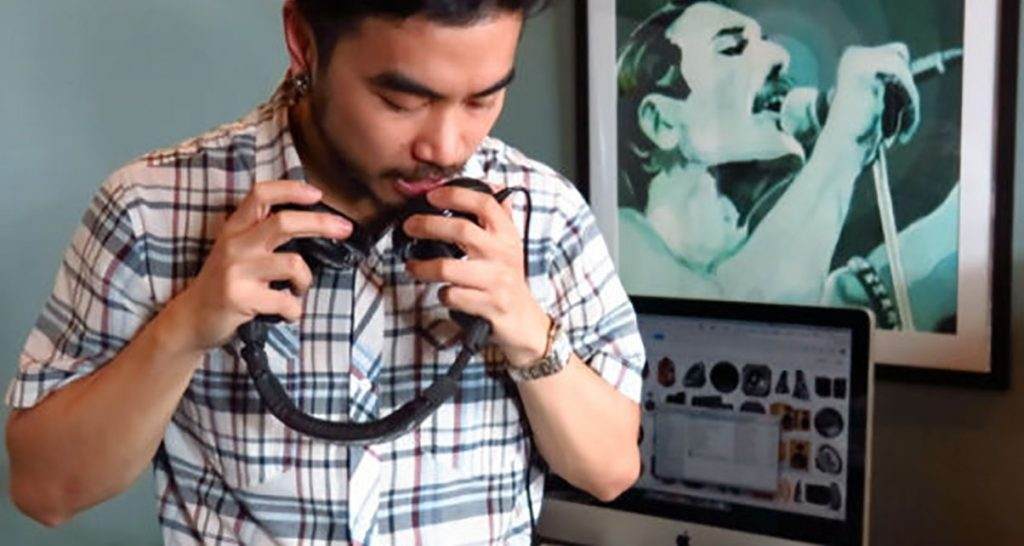
It is a feature that many people are unaware of. It is convenient when your microphone is missing or out of order.
You can simply plug your headphones in the microphone socket and increase the volume slowly.
Use a connector if its jack is not ¼”. The sound may be of little low quality but will do the job of a microphone.
The basic principle here is the working of diaphragm inside the headphone and microphones, which is almost the same.
In can be used as both an input and an output. That is why it works like this in some emergency situations.
But there is a little pitfall. You may get to hear feedback, which is nothing but the noise of high pitch.
It happens because the sound of the speaker re-enters through the mic system and gets amplified time and again and leads to a pitch of annoying level.
This can be controlled by lowering the volumes and pointing the mic away from the main speakers.
Mixing with just your headphones
There could be three scenarios where you should practice with your headphones
1. Try mixing at home or during trips
You can practice this way in solitude. Turn off the speakers and use only the headphones without disturbing the others.
When you are traveling, you are carrying your laptop and headphones in all probability. Make good use of this time to practice.
Learning to do mixing in your head opens up the possibility of practicing this way in any situation.
You will be able to kill two birds with one stone. A long car trip, a long lonely night or any moments of privacy are put to good use by practicing the mixing skills with just the headphones.
2. Use the cue mix knob
When you are used to mixing within your head, put on the speakers and don’t listen to main speakers during transitions.
Use split cue buttons if available so that you hear master and cue in separate ears. Otherwise use the cue mix knob to cue the next track.
Here it is important to learn all the ins and outs of your equipment.
This scenario of practicing with your headphones can help you in the worst of situations where monitors may not be available.
3. Testing this at live performances
It is possible that at someplace you don’t have the monitors to help you or they are out of order.
Here your practice and skills will help you. You can also check out the in-ear monitors. These special monitors protect you from external noise and are ear-friendly.
In this scenario, you can only mix with just the headphones. If you have already practiced enough, it will be a breeze.
Conclusion
It is crucial to invest in good quality headphones for cue mixing. With practice, you can master the skills of mixing with comfortable headphones for hours together.
It is just a matter of understanding all the related functions and features correctly.
